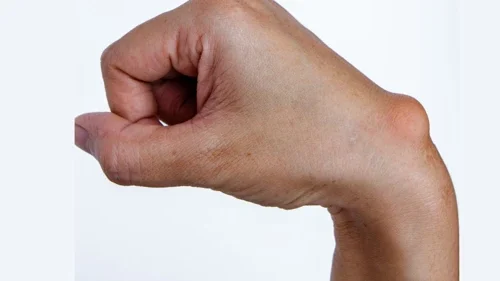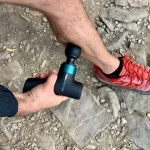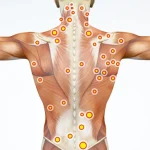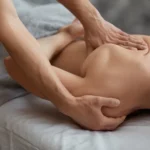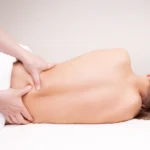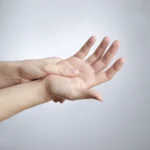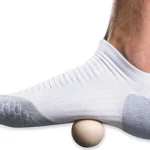Ganglion cysts can be painful and annoying, but fortunately, there are several ways to help alleviate their symptoms. Massage therapy is an effective treatment for many types of cysts, including those found on the hands and feet. In this guide, we’ll explain how to massage a ganglion cyst, step-by-step, to help reduce its symptoms and promote healing.
What is a Ganglion Cyst?
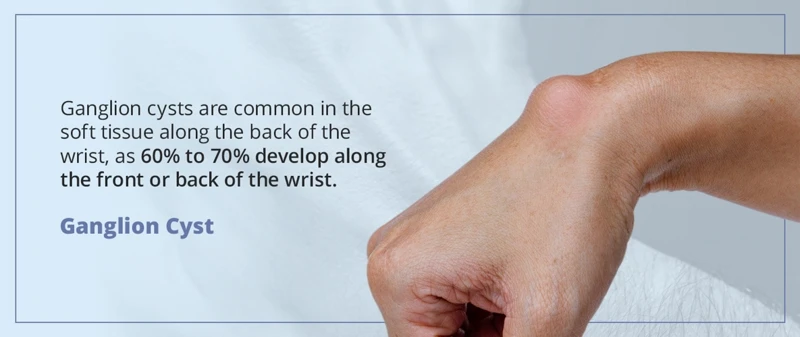
A ganglion cyst is a fluid-filled sac that forms around joints and tendons in the hand, wrist, and feet. These cysts can range in size and can cause pain and discomfort. The cause of these cysts is unknown, however, they are usually benign and can be treated with massage.
How to Massage a Ganglion Cyst
Massaging a ganglion cyst can help alleviate the pain and discomfort it causes. Massaging a ganglion cyst can be done with the following steps:
- Gently apply pressure to the cyst with your fingers.
- Move your fingers in a circular motion to massage the cyst.
- Continue for a few minutes until the area is relaxed.
- Increase the pressure as needed until the discomfort subsides.
Massaging a ganglion cyst can help to reduce the size of the cyst and provide relief from pain and discomfort.
Benefits of Massaging a Ganglion Cyst
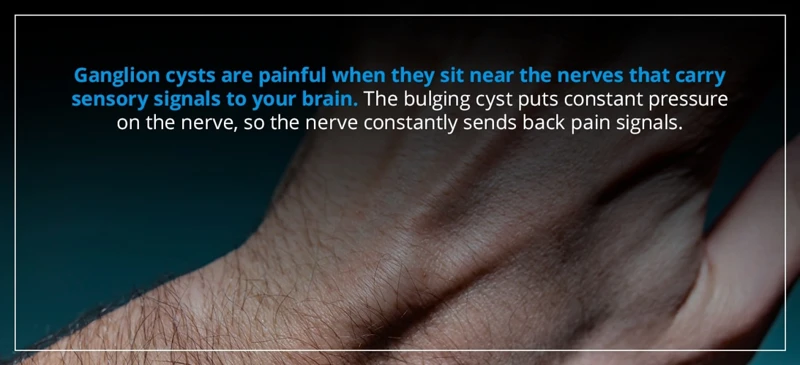
Massaging a ganglion cyst can help reduce its size and provide relief from discomfort. The following are some of the benefits of massaging a ganglion cyst:
- Helps to break up the mass of tissue contained in the cyst and reduce its size
- Stimulates circulation to the area, promoting healing and reducing inflammation
- Helps to reduce pain, swelling and tenderness around the cyst
- Stretches the surrounding tissues, providing relief from tightness and stiffness
- Improves range of motion and flexibility
- Helps to reduce the risk of recurrence
By massaging a ganglion cyst, you can help reduce its size and alleviate the symptoms associated with it. With regular massage, you can learn how to massage a ganglion cyst away and prevent it from recurring.
Preparation for Massaging a Ganglion Cyst
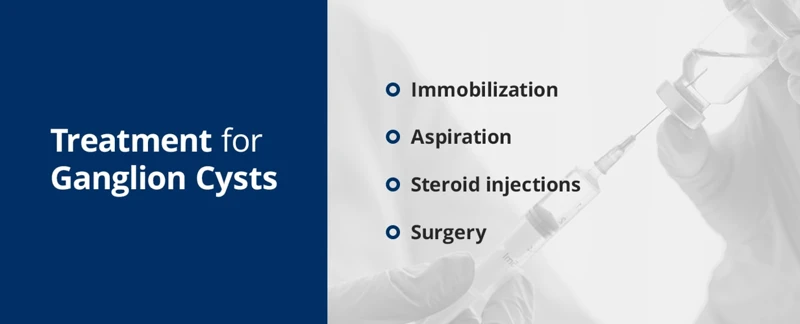
Before massaging a ganglion cyst, it is important to prepare the area properly. This includes cleaning and sterilizing the cyst and the surrounding area, as well as gathering the necessary tools.
Clean and Sterilize the Area
- Wash hands thoroughly with soap and water.
- Clean the cyst and the surrounding area with mild soap and warm water.
- Thoroughly dry the area with a clean towel.
- Sterilize the area with rubbing alcohol.
Gather Necessary Tools
- Soft cotton cloth or bandage
- Gauze
- Medical tape
- Soft cloth gloves
- Therapeutic massage oil
Types of Massage Techniques for Ganglion Cysts

Kneading
Kneading is a gentle massage technique that involves using the tips of the fingers and thumbs to apply pressure to the affected area. The massage should be done in a circular motion, and can be repeated several times.
Tapping
Tapping is a massage technique that involves using gentle tapping motions to stimulate circulation in the affected area. The tapping should be done with a light touch, and should be repeated several times.
Compression
Compression is a massage technique that involves applying pressure to the affected area with the palms of the hands. The pressure should be applied in a circular motion, and should be repeated several times.
Friction
Friction is a massage technique that involves using the fingertips to apply pressure to the affected area. The pressure should be applied in a circular motion, and should be repeated several times.
How to Massage a Ganglion Cyst – Step by Step
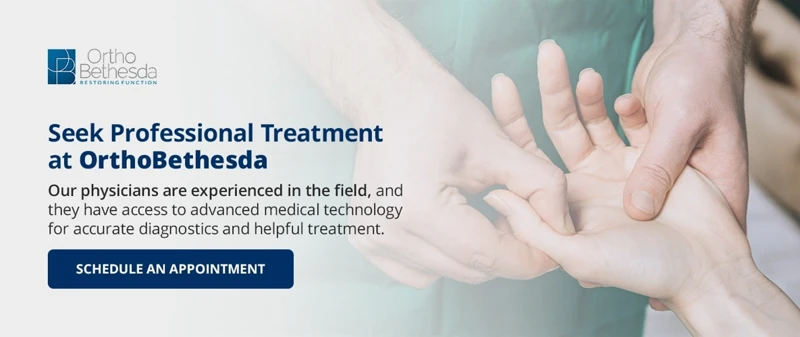
- Gather Supplies: You will need massage oil, lotion, or cream, a clean towel, and a comfortable chair.
- Position Yourself: Sit in a comfortable chair and place the affected hand on your thigh. Make sure your elbow is bent at a 90-degree angle and your wrist is straight.
- Apply Lubricant: Apply a small amount of massage oil, lotion, or cream to the cyst area.
- Begin Massaging: Gently massage the area in a circular motion with your thumb or index finger for about two minutes. Make sure to use slow, firm pressure.
- Repeat: Repeat the massage process for two to three minutes each day for several days.
- Clean Up: Clean the area with a warm washcloth or towel after each massage.
Interesting Facts:
- Ganglion cysts are non-cancerous lumps that form on the joints or tendons of the hands and feet.
- Massaging the area can help reduce the size of the cyst and reduce pain and discomfort.
- It is best to consult a doctor before attempting to massage a ganglion cyst as there may be other underlying causes.
- The massage should not be too vigorous as it can cause further damage to the cyst.
Precautions to Take When Massaging a Ganglion Cyst
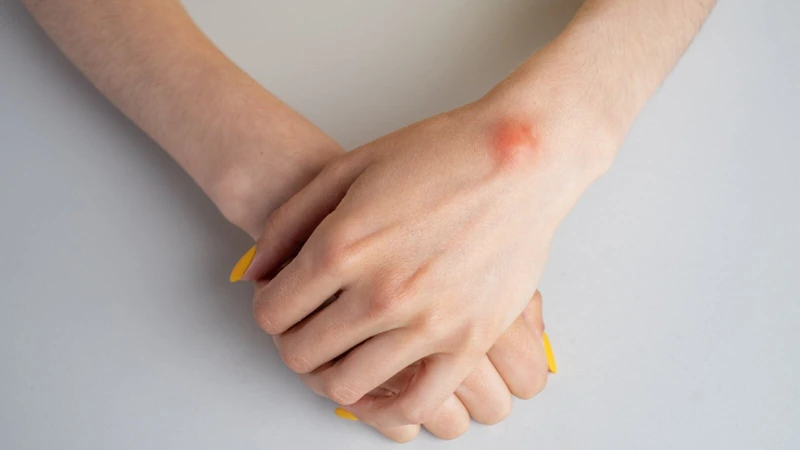
Safety First: As with any medical procedure, safety should be a priority. Before beginning a massage, make sure to clean the area with an antibacterial solution. Wear gloves and use a sterile cloth to protect the skin.
Know Your Limits: It is important to be aware of your own limits when massaging a ganglion cyst. Start slow, and be sure to use a gentle pressure. If you experience any discomfort during the massage, stop immediately and consult a doctor or physical therapist.
Be Mindful of Movement: When massaging a ganglion cyst, it is important to be mindful of the movements you are making. Move slowly and cautiously, and avoid any jerking motions.
Pay Attention to Sensitivity: Massaging a ganglion cyst can be painful. Pay attention to any pain or sensitivity you experience and adjust your technique accordingly.
Avoid Certain Areas: Avoid massaging the cyst directly or the area around it. This can cause further irritation and inflammation.
Take Breaks: Massaging a ganglion cyst can be tiring and uncomfortable. Be sure to take breaks as needed to rest and relax.
Consult a Professional: If you are unsure about how to safely massage a ganglion cyst, consult a doctor or physical therapist for guidance.
When to See a Medical Professional
If home massage therapy does not provide relief, it is important to consult a doctor as soon as possible. A medical professional can evaluate the cyst and determine the best course of treatment. Common treatments may include draining the cyst or surgically removing it.
Other signs that it is time to see a doctor include:
| Signs | Description |
|---|---|
| Sudden or severe swelling | The cyst grows quickly or is extremely swollen |
| Pain | The area is tender or painful to the touch |
| Redness | The area around the cyst is red and inflamed |
| Fever | The person has a fever |
If any of these signs are present, it is important to seek medical attention. A doctor can determine the cause and develop a treatment plan to reduce the symptoms and prevent the cyst from recurring.
Frequently Asked Questions
Is it safe to massage a ganglion cyst?
Yes, it is generally safe to massage a ganglion cyst. However, it is important to take certain precautions before attempting to do so. Here are some guidelines to follow:
- Be sure to wash your hands before and after massage.
- Massage the cyst gently, using light pressure and small circular motions.
- Consult your doctor before attempting to massage a ganglion cyst.
- Avoid massaging the cyst if it is painful or uncomfortable.
- Do not massage the cyst too hard or too often.
- Do not apply any heat to the area.
- Do not massage the cyst if it is infected or swollen.
By following these guidelines, you can safely massage a ganglion cyst and help to reduce its size. However, if the cyst does not diminish in size after a few weeks of massage, it is best to consult a doctor.
What is the Best Time of Day to Massage a Ganglion Cyst?
- Morning – Massaging a ganglion cyst in the morning can be beneficial as it can help to reduce swelling and stiffness that may have occurred overnight.
- Afternoon – Massaging a ganglion cyst in the afternoon is also beneficial as this is when the cyst is likely to be at its most swollen and painful. It can help to reduce the size and discomfort of the cyst.
- Evening – Massaging a ganglion cyst in the evening is also a good option as it can help to reduce any inflammation that has built up during the day and make the cyst more comfortable. It can also help to reduce the size of the cyst.
The best time of day to massage a ganglion cyst depends on the individual’s needs and preferences. Massaging the cyst in the morning, afternoon, or evening can all be beneficial and help reduce the size and discomfort of the cyst.
How Long Should I Massage the Cyst For?
The duration of the massage should depend on the size of the cyst. Generally, a massage should last for 2-3 minutes for smaller cysts and up to 10 minutes for larger cysts. It is important to massage the cyst gently and slowly to avoid pain or discomfort. It is also important to take breaks during the massage and to not massage for too long as this can cause further swelling and discomfort.
What Type of Pressure Should I Use When Massaging?
When massaging a ganglion cyst, it is important to use gentle pressure. Use your fingertips or knuckles to apply firm but gentle pressure on the cyst. Do not press too hard, as this can cause pain or further irritation. If the cyst is too tender to touch, use a light, circular motion instead.
What are the Potential Risks of Massaging a Ganglion Cyst?
Massaging a ganglion cyst can be dangerous if done incorrectly. It can cause the cyst to rupture and spread the fluid or gel-like material inside, which can cause additional swelling or pain. It can also cause nerve damage or spread to other parts of the body. If the cyst is located near a joint, massaging it can also cause the joint to become temporarily weak or unstable. To reduce the risk of these complications, it is important to seek medical advice and follow the exact instructions of your doctor or physical therapist when massaging a ganglion cyst.
Conclusion
Massaging a ganglion cyst can help to reduce the size and discomfort associated with it. It is important to use gentle massage techniques and to be aware of the pressure being applied. If massaging the cyst causes any pain or discomfort, it should be stopped immediately. Consulting a healthcare professional can help to provide additional advice and treatment options.
📚 References
⚠️ Disclaimer:
This article is for informational purposes only and does not constitute medical advice. Always consult with a licensed healthcare provider or certified massage therapist before beginning any new treatment, especially if you have pre-existing health conditions or concerns.

